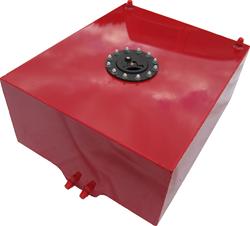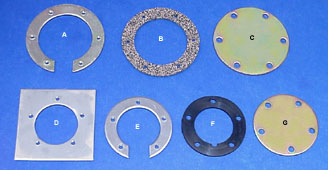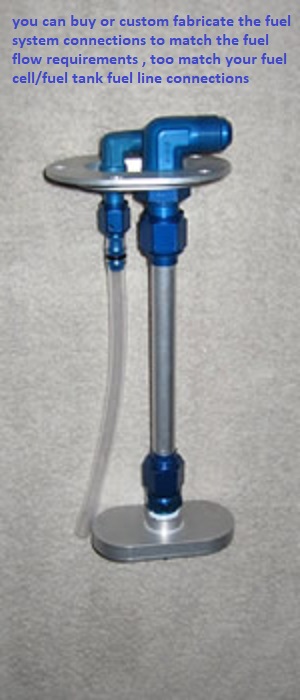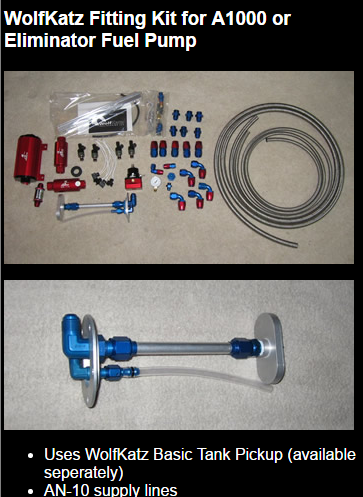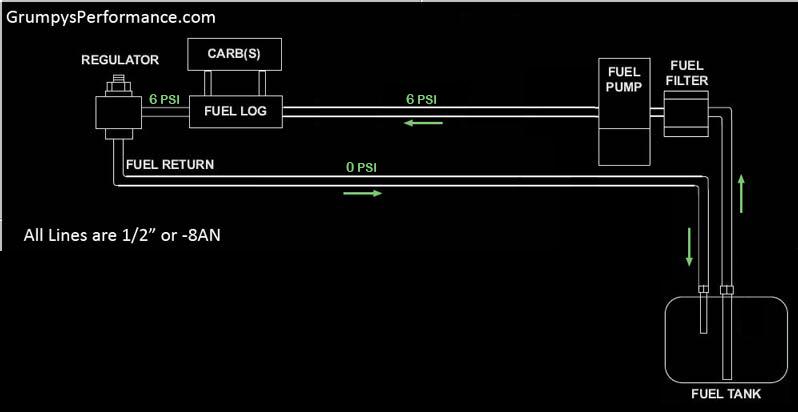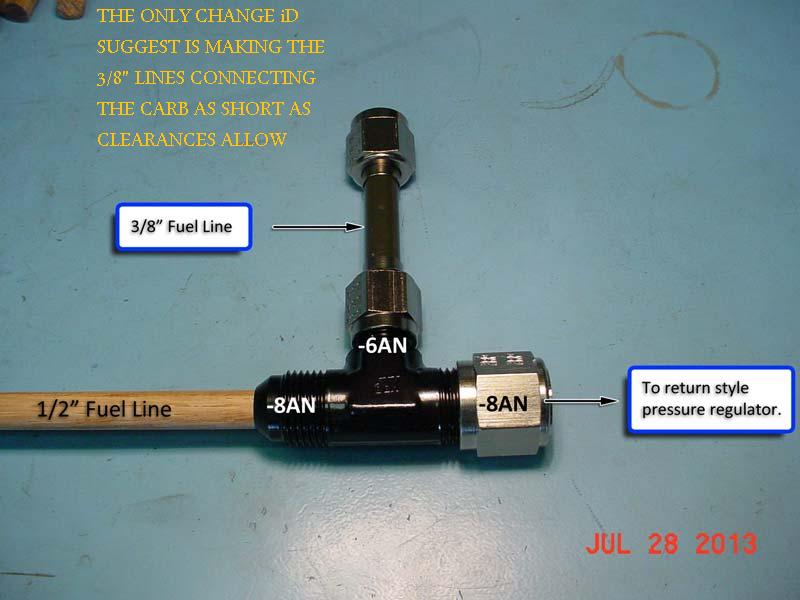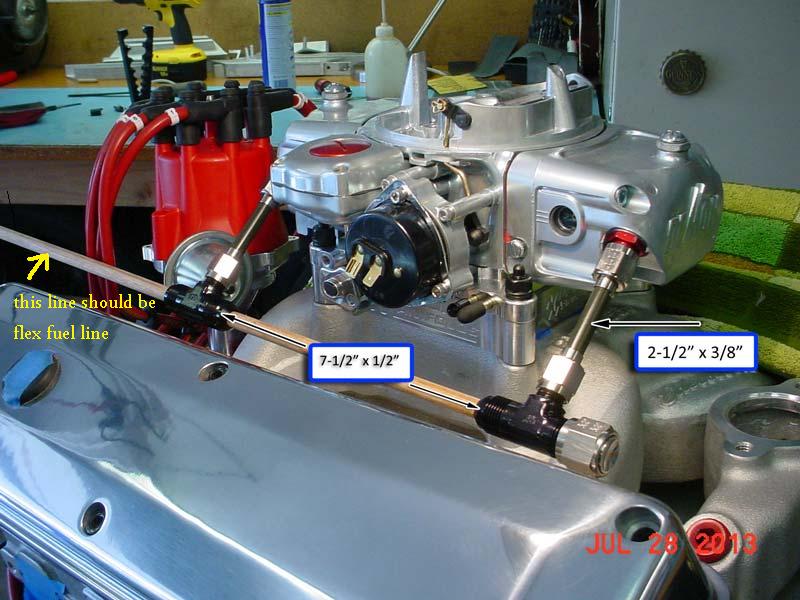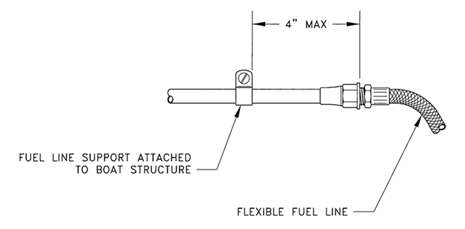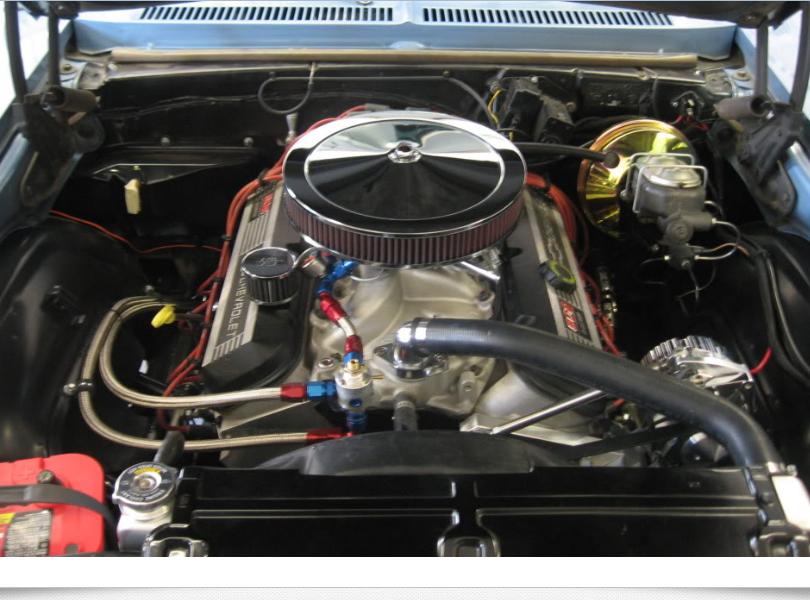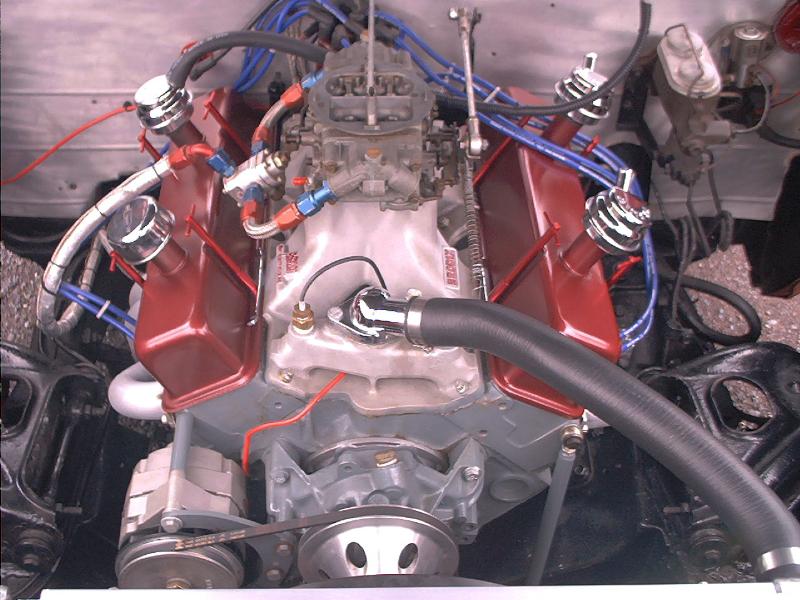that flare tools one of those tools you seldom use but is well worth the cost in less aggravation, doing the job correctly without having problems, and much better quality work when you do use it!, than you would get from the typical , cheap, and flimsy, auto parts store imported tool that never seems to work well, or be consistent.
you always debate the cost of tools like that because many times you can buy already flared tubing or have a local shop do the flares for you, but once you buy and use the tool you kick yourself for not purchasing it years ago!
http://www.amazon.com/Ti-Industries--Ca ... aulic+line
http://store.fedhillusa.com/britishgirl ... tings.aspx
you always debate the cost of tools like that because many times you can buy already flared tubing or have a local shop do the flares for you, but once you buy and use the tool you kick yourself for not purchasing it years ago!
http://www.amazon.com/Ti-Industries--Ca ... aulic+line
http://store.fedhillusa.com/britishgirl ... tings.aspx













